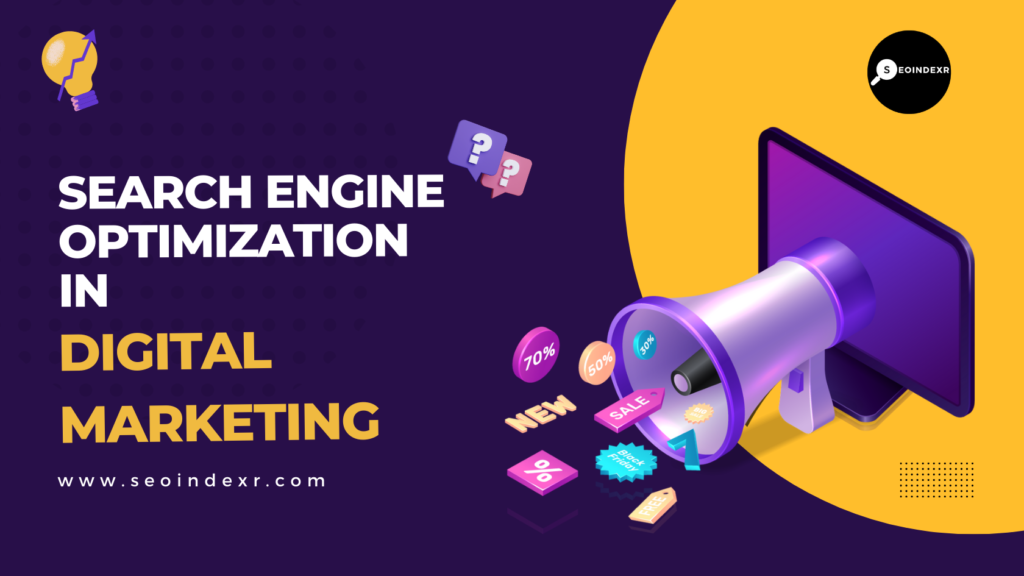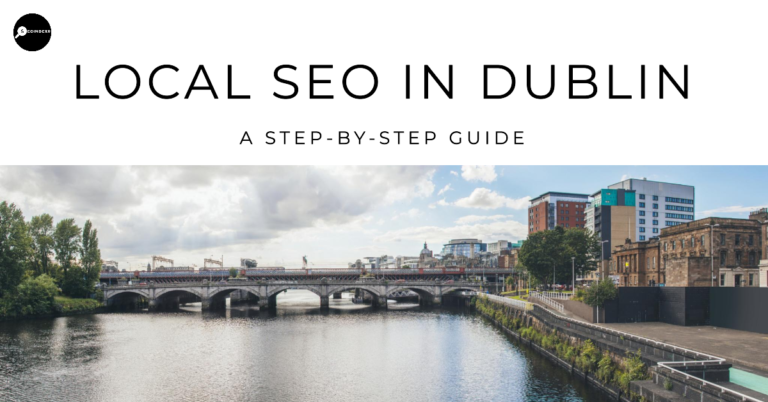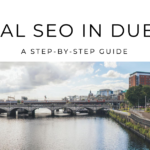Search engine optimization (SEO) is a process of optimizing a website to improve its ranking in search engine results pages (SERPs) and increase its visibility to target audiences. It is a fundamental aspect of digital marketing, as it helps businesses to reach more customers and drive more traffic to their websites. In this article, we will explore the basics of SEO and its role in digital marketing.
Table of Contents
ToggleWhat is SEO?
SEO is the practice of improving the quality and quantity of website traffic by increasing the visibility of a website or a web page in a search engine’s unpaid results. It involves optimizing the website’s content and structure to make it more attractive to search engines and users. The goal of SEO is to improve the website’s ranking on SERPs, which will increase the likelihood of the website being seen by target audiences.
Why is SEO important in digital marketing?
SEO plays a critical role in digital marketing for several reasons.
- it helps to increase the visibility of a website, which means that more people will be able to find it. This is important because the higher a website ranks on SERPs, the more likely it is to be seen by potential customers.
- SEO helps to improve the user experience of a website. By optimizing the website’s content and structure, it becomes easier for users to navigate and find the information they need. This improves the overall user experience, which can lead to increased engagement and conversions.
- SEO is cost-effective. Unlike paid advertising, SEO does not require a significant investment to achieve good results. By investing time and resources into SEO, businesses can achieve a high return on investment.
How does SEO work?
SEO works by analyzing and understanding the algorithms used by search engines to determine the relevance and authority of a website. Search engines use complex algorithms to evaluate the quality and relevance of a website’s content and structure. These algorithms take into account various factors, such as the website’s keywords, meta tags, and backlinks.
The process of SEO involves identifying and optimizing these factors to improve the website’s ranking on SERPs. This includes researching relevant keywords, optimizing the website’s content and structure, and building backlinks to the website.
Keyword Research
Keyword research is the process of identifying the keywords and phrases that people use to search for products or services related to your business. It is an important step in SEO, as it helps to identify the terms and phrases that potential customers are using to find your business. Once these keywords are identified, they can be incorporated into the website’s content and meta tags to improve the website’s ranking on SERPs.
On-page Optimization
On-page optimization involves optimizing the website’s content and structure to improve its relevance and authority. This includes optimizing the website’s meta tags, such as the title tag and meta description, as well as ensuring that the website’s content is relevant, informative, and engaging.
Off-page Optimization
Off-page optimization involves building backlinks to the website. Backlinks are links from other websites that point to your website. They are important for SEO because they signal to search engines that other websites consider your website to be valuable and relevant. Building backlinks can be achieved through a variety of methods, such as guest blogging and link building.
Measuring and Analyzing Results
The final step in SEO is measuring and analyzing the results. This includes monitoring the website’s traffic, ranking, and conversion rate. By analyzing this data, businesses can identify areas where they need to improve and make adjustments to their SEO strategy.
SEO is a critical aspect of digital marketing that helps businesses to increase their visibility and drive more traffic to their website. It involves optimizing the website’s content and structure to improve its ranking on search engine results pages and make it more attractive to search engines and users. By researching relevant keywords, optimizing on-page and off-page elements, and measuring and analyzing results, businesses can improve their SEO and reach more customers.
It’s important to note that SEO is an ongoing process, and it’s not a one-time event. Search engines are constantly updating their algorithms, and the competition for high rankings is always increasing. To stay ahead, businesses need to regularly monitor and adjust their SEO strategy to ensure that their website remains relevant and visible.
In addition, SEO should not be the only aspect of a digital marketing strategy. It should be integrated with other digital marketing tactics such as social media, email marketing, and content marketing to achieve the best results. By combining SEO with other tactics, businesses can increase brand awareness, drive more traffic to their website, and ultimately increase conversions and revenue.
Conclusion
In conclusion, SEO is a vital component of digital marketing that helps businesses to improve their visibility and reach more customers. By optimizing the website’s content and structure, researching relevant keywords, building backlinks, and measuring and analyzing results, businesses can improve their SEO and achieve a high return on investment. It’s an ongoing process that requires regular monitoring and adjustments to stay ahead of the competition and reach the target audience effectively.









